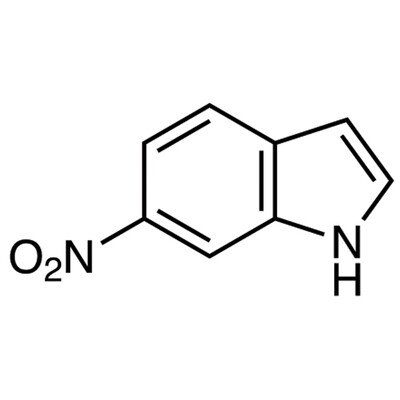Verzending 24–48 u • Levering in de hele EU • Veilige chemieverpakking
Vanadium(III) chloride 99% 25 g
SKU 008124
€ 221,26
In stock
1
Save this product for later
Vanadium(III) chloride 99% 25 g
Product Details
CAS number: 7718-98-1
Chemical formulas: VCl3/ F.W. 157.30
Cation: V
Packaging: 25 g
EAN: 8721028259608
Brand: Laboratoriumdiscounter
Vanadium(III) chloride is a chemical compound with the formula VCl3. It is a unique and versatile compound used in various industrial applications. With its distinct properties, Vanadium(III) chloride plays a crucial role in catalysis, as a reducing agent, and in the production of vanadium metal. Its significance in the chemical industry makes it an essential compound for researchers and manufacturers alike.
When working with Vanadium(III) chloride, it is important to follow proper safety precautions to ensure your well-being. Here are some short safety instructions to keep in mind: 1. Personal Protective Equipment (PPE): Always wear appropriate PPE, including gloves, safety goggles, and a lab coat or protective clothing. This will protect your skin, eyes, and clothing from potential contact with the chemical. 2. Ventilation: Work in a well-ventilated area or use a fume hood to prevent the inhalation of any vapors or fumes that may be released during handling or reactions involving Vanadium(III) chloride. 3. Handling: Handle Vanadium(III) chloride with care, as it may be corrosive and toxic. Avoid direct contact with the skin or eyes. In case of accidental contact, rinse the affected area with plenty of water and seek medical attention if necessary. 4. Storage: Store Vanadium(III) chloride in a tightly sealed container in a cool, dry place away from incompatible substances. Keep it out of reach of children and unauthorized personnel. 5. Spills and leaks: In case of spills or leaks, contain the area and clean it up immediately using appropriate absorbent materials. Dispose of the waste according to local regulations. 6. Fire hazards: Vanadium(III) chloride is not flammable, but it may release toxic fumes when exposed to high temperatures or fire. Use appropriate fire-fighting measures, such as extinguishing agents suitable for the surrounding materials. 7. Chemical incompatibilities: Avoid contact or mixing Vanadium(III) chloride with strong oxidizing agents, acids, or bases, as it may result in hazardous reactions. Follow proper storage and handling practices to prevent accidental mixing. 8. Emergency procedures: Familiarize yourself with the emergency procedures and safety protocols specific to your workplace. Know the location of safety showers, eyewash stations, fire extinguishers, and emergency exits. 9. Training and knowledge: Ensure that you have received proper training and have a good understanding of the properties, hazards, and safe handling practices associated with Vanadium(III) chloride before working with it. Remember, these instructions are not exhaustive, and it is essential to consult the specific safety data sheet (SDS) and follow the guidelines provided by the manufacturer or your organization for comprehensive safety information.
Please note, not all safety data for this product is available on our website, for a complete list of P en H sentences and other safety instructions please request the MSDS at our customer service
You May Also Like
Display prices in:EUR










![8-Ethynyl-1,4-dioxaspiro[4.5]decane, 98%, 1g 8-Ethynyl-1,4-dioxaspiro[4.5]decane, 98%, 1g](https://d2j6dbq0eux0bg.cloudfront.net/images/88473019/4782623582.png)


